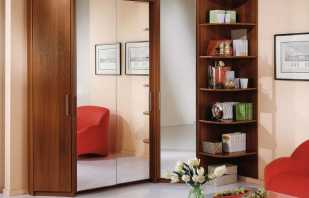Overview of hanging cabinets in the living room, important nuances of selection

Living room furniture should be roomy and stylish enough. Firstly, a lot of things are often stored in this room - books, clothes, decor items, there is a need to place a TV system and other electronics. In addition, bedding is often stored in the living room, so it is important that the furniture for the guest room can accommodate all this inside. Well, since the living room is the central room in the apartment, the pieces of furniture should be stylish and modern. Models such as hanging cabinets for the living room meet the listed requirements.
Content
Advantages and disadvantages
Hanging cabinets can be included in the modular system for the living room or as an independent piece of furniture. Like any type of furniture, wall cabinets have their advantages and disadvantages.
| Benefits | disadvantages |
| Due to the fact that the wall cabinets do not take up space on the floor, thereby they save space in the room, creating the impression of lightweight structures. | The wall for fastening must be strong, since the weight of the cabinet with the contents may be too heavy, for example, for a plasterboard partition. |
| Universality of arrangement: the suspended modular system can be placed on any wall and height. | If there is a desire to rearrange the furniture in the living room, there will be a need for redecoration, since after re-hanging the cabinets there are traces of the walls from the fixtures. |
| The ability to combine and create modular systems of various shapes and sizes. When placed over a TV cabinet, the wall cabinet forms a full-fledged living room wall, when combined with open shelves, it forms a full-fledged library. | There are certain weight restrictions on the contents of hanging cabinets. |
| When using an overhead storage system, there is always free access to the wall under it and to the floor surface. In the second case, conditions are created for convenient cleaning. | Often, in order to prevent the hanging cabinets from creating obstacles while moving around the room, especially if it is small in size, they are suspended high, right under the ceiling. This will create difficulties for access for some members of a short family. |
| The interior of the living room with hanging cupboards is more “light”. | |
| Such a storage system will make it difficult for a child or animals to access the contents of the cabinet. |
Modern hinged storage systems have a diverse range from sizes, shapes, to textures and shades. The door opening system is also diverse, in contrast to conventional cabinets, which can only have swing or sliding doors. Today, when minimalism has gained great popularity, sometimes you can’t do without the use of wall cabinets.
Varieties
There are a lot of models of wall cabinets for the living room, and everyone can choose the one that suits the style of the interior and the size of the room. The following varieties of mounted storage systems can be distinguished:
- by type of arrangement: vertical and horizontal;
- to a separate group include the division of cabinets into linear and corner;
- According to the type of design, hinged storage systems are divided into open, closed and combined. Open cabinets consist of a cabinet and shelves, closed ones have doors, and combined ones include both;
- regarding the door opening system: swinging, sliding, opening by pressing or using the remote control. Doors can open up, down, and sideways;
- by type of facade there are ordinary wall cabinets and radius. In the first case, the facades are straight, as in a conventional cabinet, and in the second - concave or convex. The modular system of several radius hanging cabinets of various configurations is an original solution for the living room.
In addition, hinged storage systems can be equipped with telescopic closers to fix the door in the open position for ease of use. Such closers are usually installed on cabinets with vertical door opening upwards.
For convenient operation of the wall cabinet on its shelves, you can set the backlight, and to create additional lighting for the room, you can mount small spotlights on the housing of the storage system.
The choice of a particular type of hinged system depends on its purpose: if you plan to store things, bedding, documents, a closed design is used. If you plan to use a cabinet for storing books, photo frames, decorative accessories, you can use an open or combined design.
Materials of manufacture
The materials for the manufacture of wall cabinets should be light and durable to ensure a long service life. Natural wood can also be used, but it is heavy and expensive. Therefore, most often for the manufacture of a hinged system of cabinets in the living room are used chipboard, MDF, plastic. Cabinets from chipboard are made in various colors. MDF differs from LSDP in higher cost, more often used in the manufacture of radius modular systems. Plastic is the cheapest material, but its modern types do not look cheap, often on the contrary, very stylish.
For the manufacture of facades MDF, plastic, chipboard, glass, mirrors can be used. There are models with decorative facades made of natural materials, such as rattan, bamboo, wood fibers, fabrics. Today, the most common models with glossy facades made of chipboard or plastic. Facades can also be combined, for example, of wood with frosted glass or mirror inserts.
Shape and size
The dimensions and shape of wall-mounted cabinets depend primarily on the size of the living room. If it is spacious, the best option is to place original radius cabinets with a large depth of 50-60 cm. You can place them at different levels, creating an interesting interior. If the living room is small but square, the depth of the cabinets can be 45-50 cm, but at the same time they should be placed high, almost above the ceiling.
For a small and narrow living room, you need to use tall and narrow hanging cabinets or horizontal storage systems with a depth of 30 cm. It is better to give preference to several narrow cabinets than one or two, but with great depth. Furniture with a depth less than the specified parameters should not be used, because it is simply not practical. The photo shows successful examples of which form of cabinets is best to use for a small living room.
For a long and narrow living room of the studio, the use of corner wall cabinets between which there is a floor stand for TV is optimal.
Style and color
The choice of color of the hinged storage system depends not only on personal preferences, but also on the general design of the living room interior, as well as the characteristics of the room. If you need to design furniture with an emphasis on the background of the room, facades of bright colors are used.
When using bright hinged storage systems, the walls of the room are decorated with calm, monophonic shades - light or dark.
Light furniture, especially when combined with the glossy surface of the facades, visually increases the space, as if “dissolving” the enclosures of storage systems. If you need to visually raise the ceiling, use tall narrow furniture with glossy facades in light shades. Facades with glass doors also contribute to the visual correction of the room.
For a spacious living room, there are no restrictions on the color design of furniture, the main thing is that it should be combined in style with the decoration of the interior. Modern hinged storage systems organically fit into such interior design styles as loft, minimalism, modern, Scandinavian. Classics are not quite suitable for the use of this type of furniture, because this style is characterized by heavier, more solid, natural wood furniture. Classical furniture will make the space heavier if it is attached to the wall, and there is a danger that the fasteners will not support the weight of the structure.
If wall-mounted storage systems are installed in the loft living room, they must match the design of such an interior. As a rule, these are glossy facades of dark color, representing an emphasis on the walls with imitation of brickwork. Often metal fittings are used, handles may be absent altogether - the doors are opened by pressing.
White glossy cabinets with black sidewalls fit perfectly into the interior of modern or Scandinavian style. For Art Nouveau, you can also use a black and red combination of facades. Minimalism welcomes the use of this type of furniture. Typically, the amount of living room furniture is limited to a long low TV stand and one or two hanging storage systems. As a rule, there are no pens, while the color scheme is restrained.
Installation Rules
There are three ways to mount hanging storage systems and shelving:
- self-tapping screws are fixed to the back of cabinet furniture, to which special suspensions are attached. With the help of these suspensions, the furniture is fixed on the wall with nails with screws, using a strike plate, if it is included;
- the use of adjustable awnings that are attached to the inside of the case. The adjustable canopy is attached to the side with two screws so that the hook "peeks" out. After that, the hinged structure is fixed on the mounting plate. After hanging the furniture on the wall, its position is regulated by two screws located on the canopy. To attach the mounting plate, you must perform the following workflow:
- the bracket is mounted on the wall at such a level that its upper edge is 30 or 40 cm below the upper edge of the cabinet section;
- when it is set at this point, the edges of the bar are aligned using the horizontal level;
- you need to make holes on the bar for the points of attachment to the wall, and then use fasteners (screws, dowels, nails) to fix it. After the cabinet is installed, its level is aligned vertically using a special screw. The tightness of the fastening in the wall cabinets for the living room is checked by the adjusting screw, which must be tightened completely;
- fastening hanging furniture to the bar.
A strap is screwed to the back of the case with a size corresponding to the length of the cabinet wall, with the help of confirmants through the side parts and the top of the case.After that, the furniture body simply rises and locks in the required position. Holes are drilled through the plank through the plank in the wall, fasteners are inserted, and a hinged storage system is installed.
Video



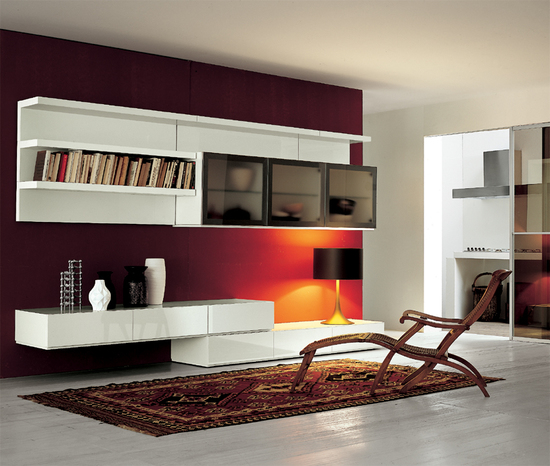
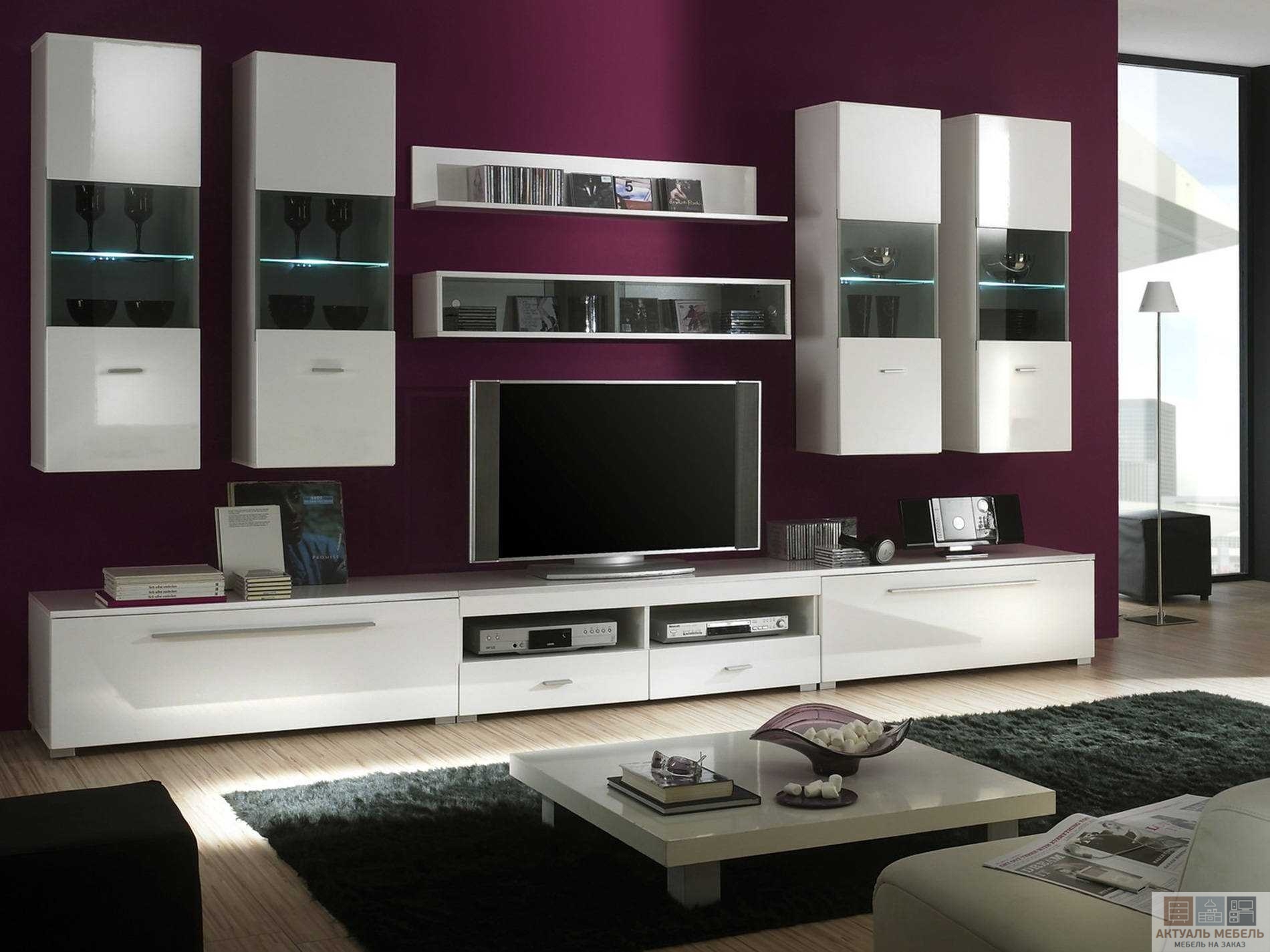

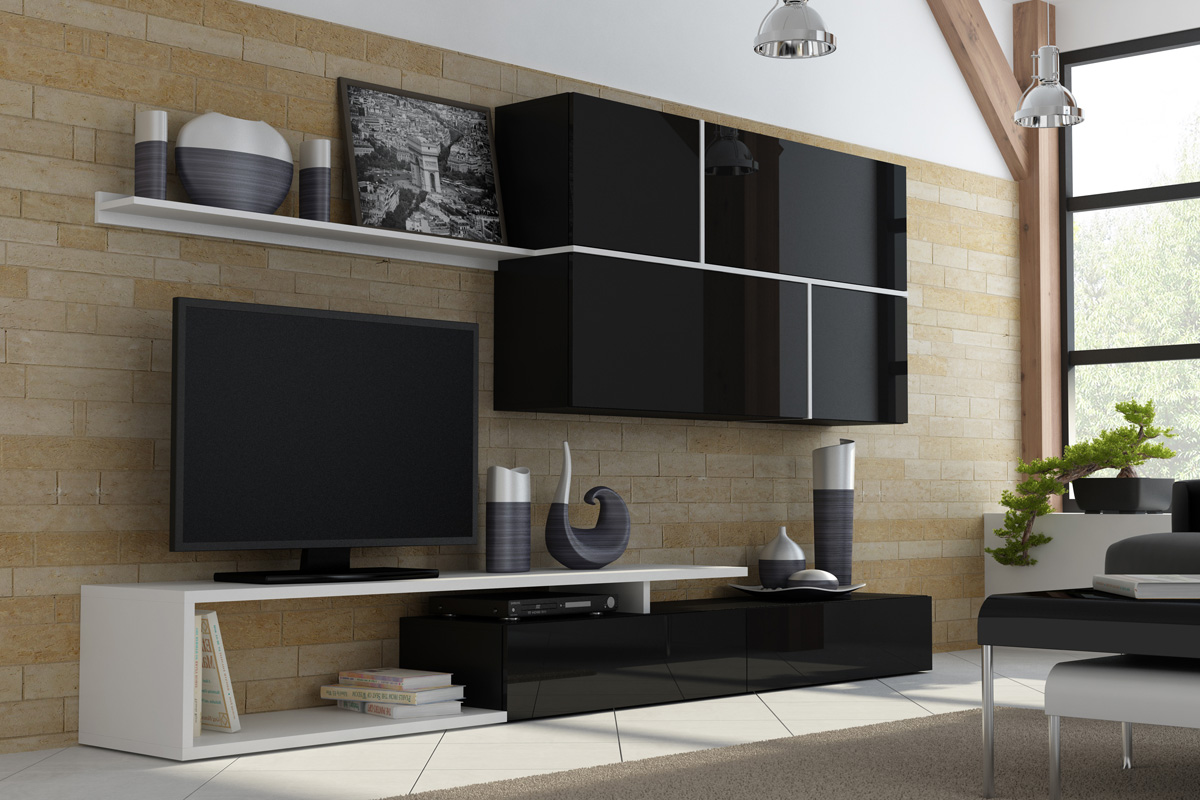


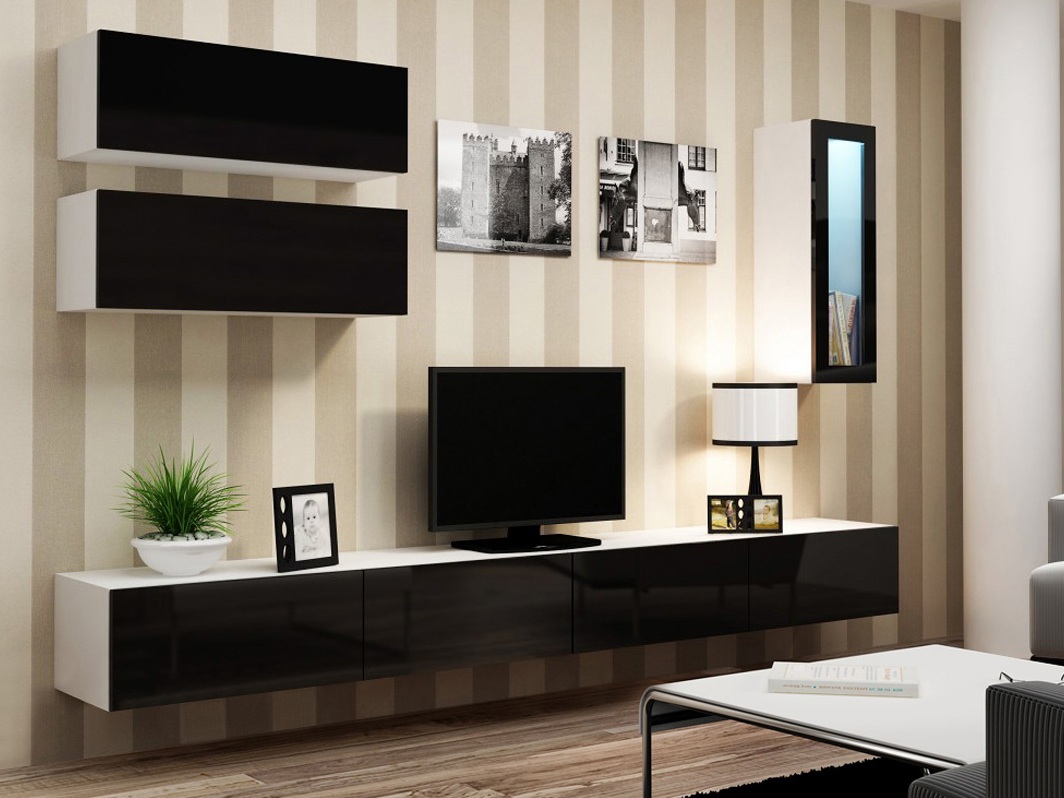


















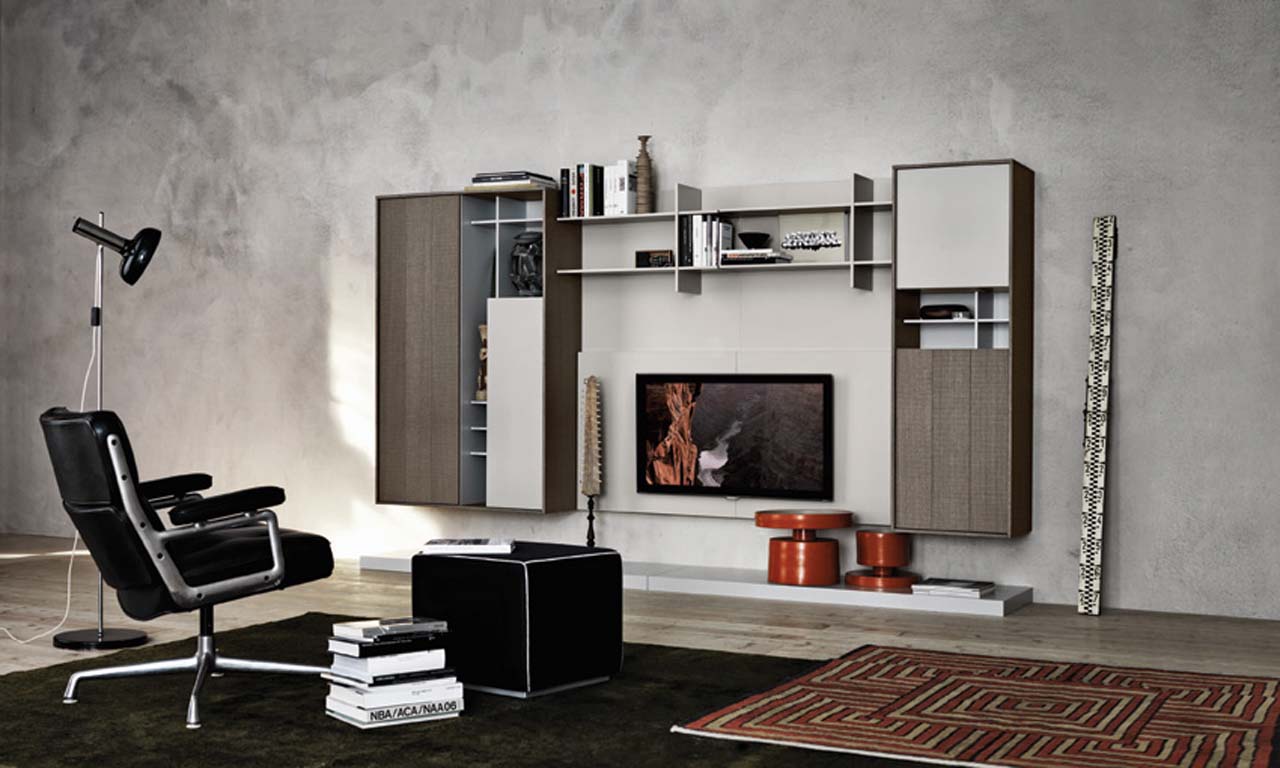



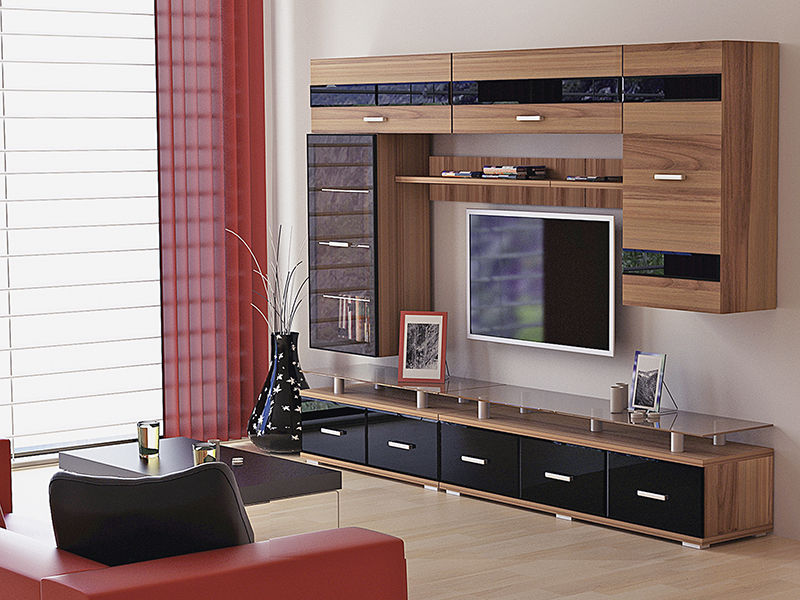







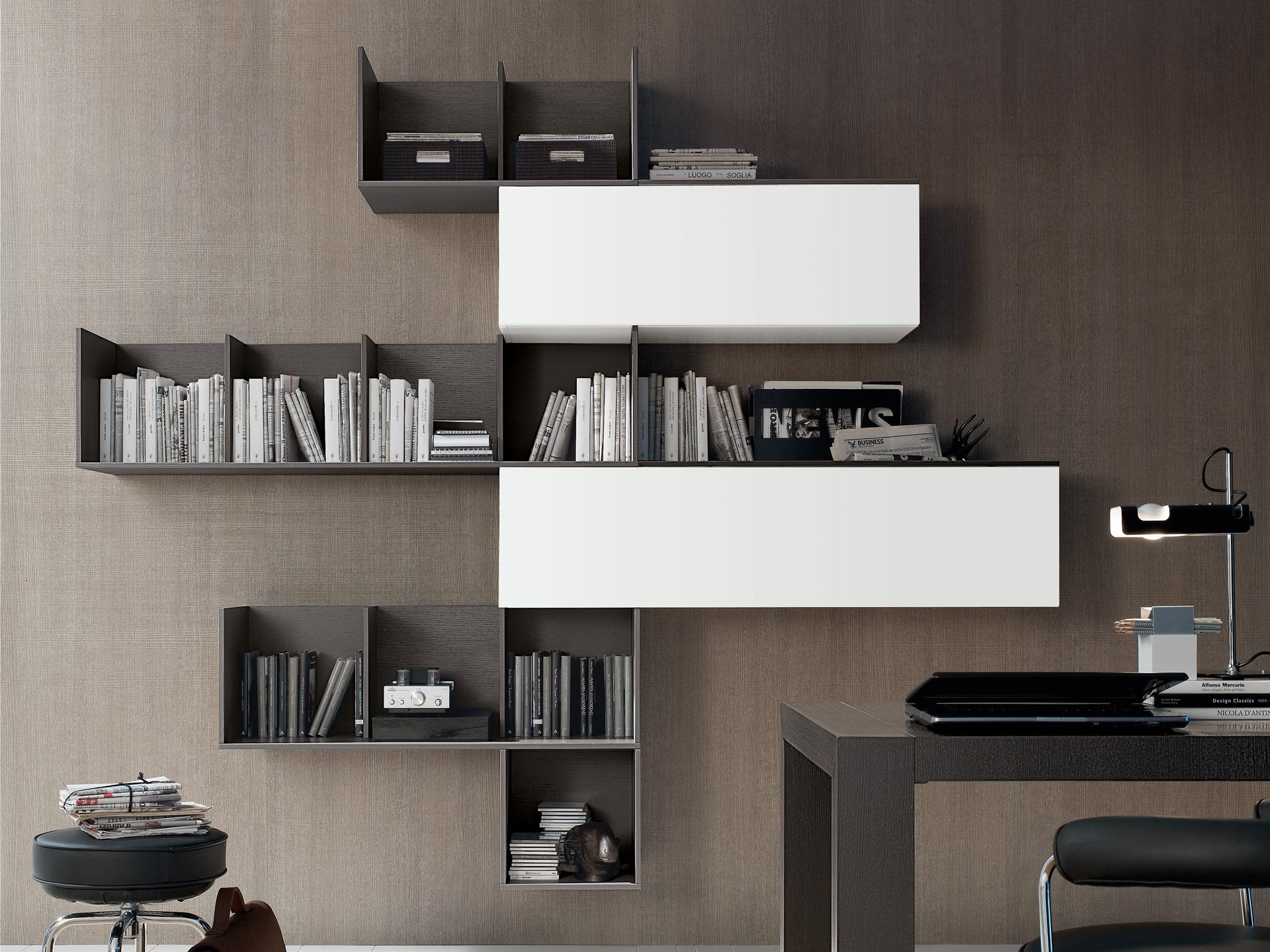





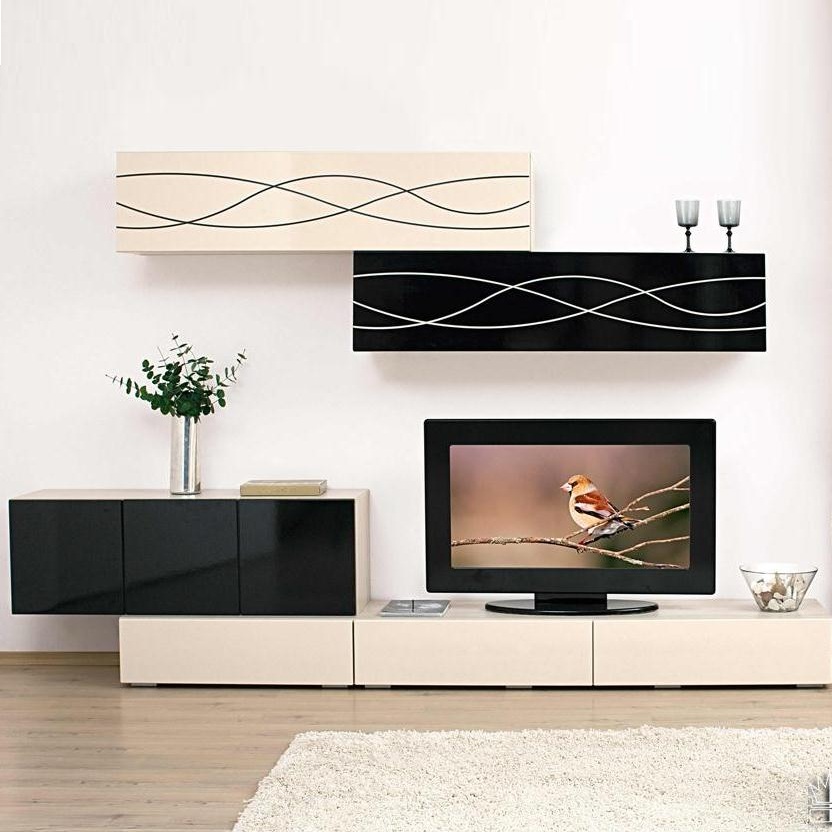

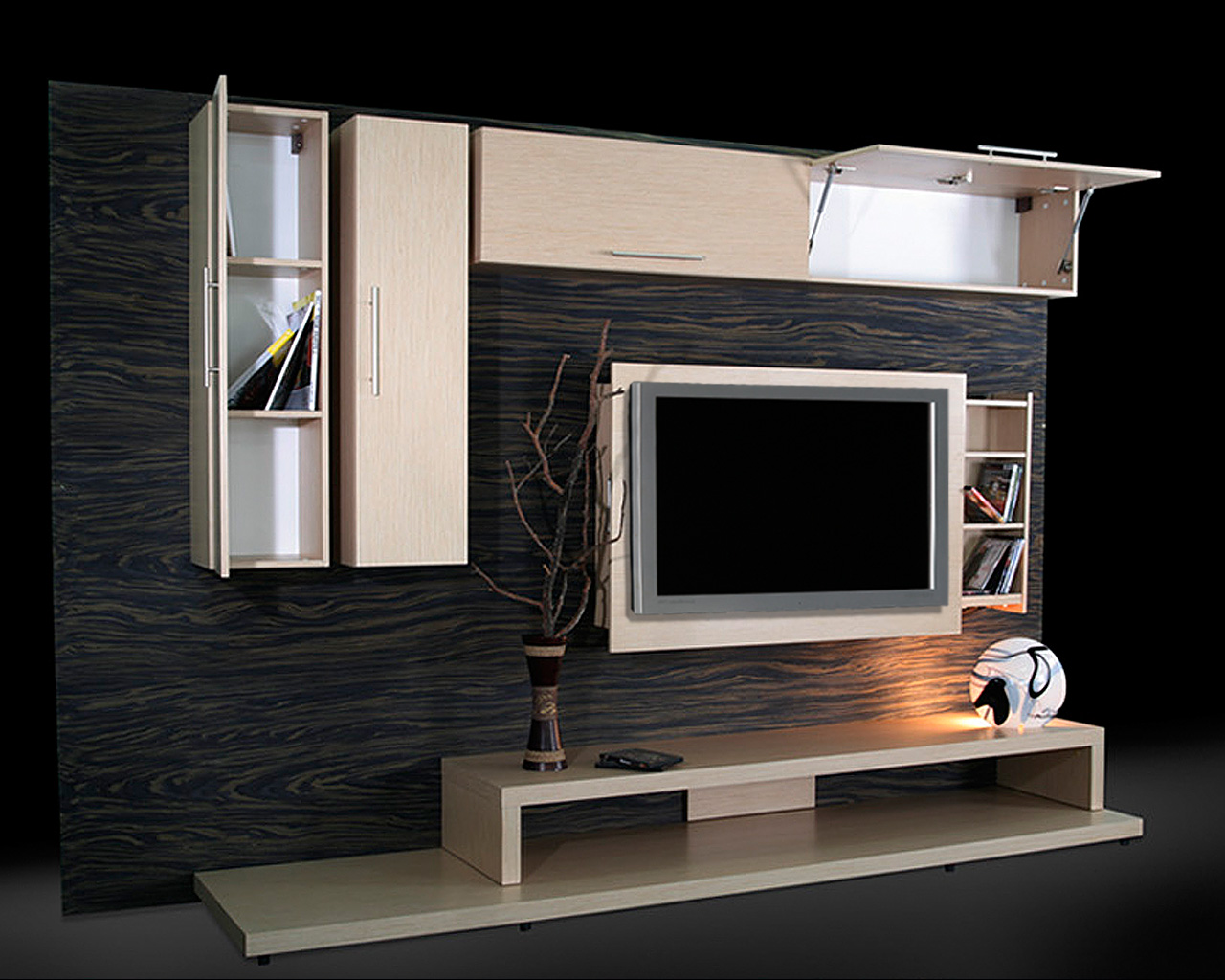

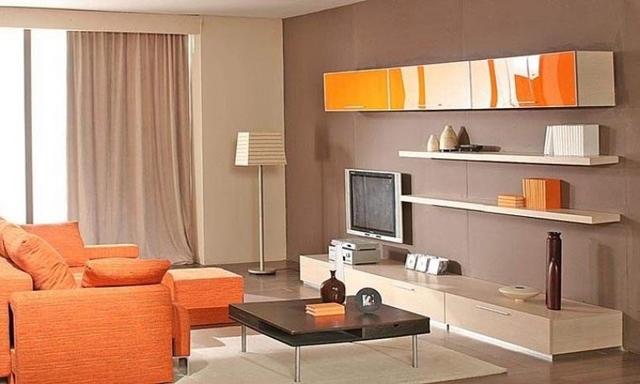

 (votes: 4, average rating: 4,75 out of 5)
(votes: 4, average rating: 4,75 out of 5)




